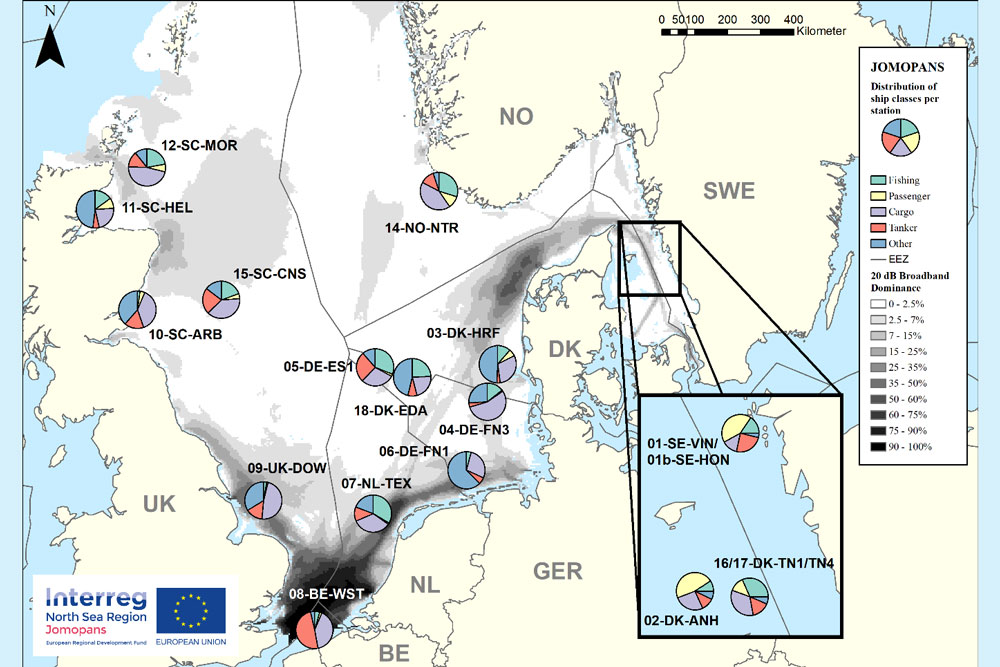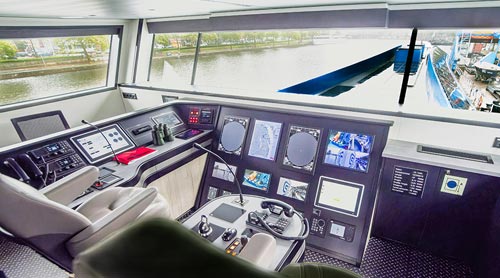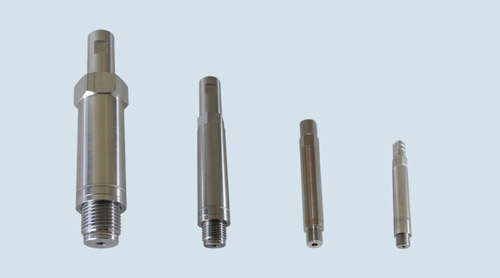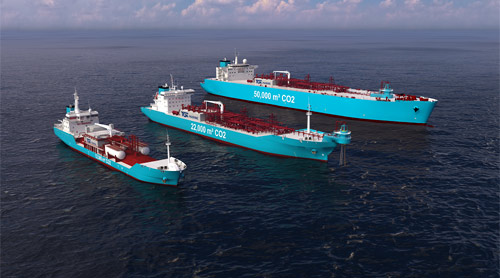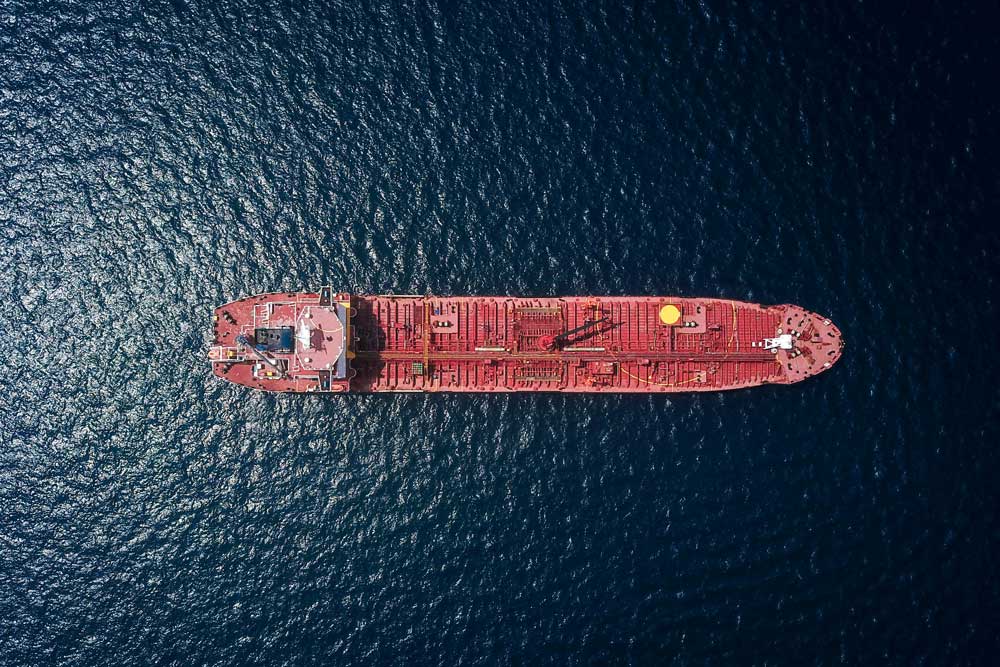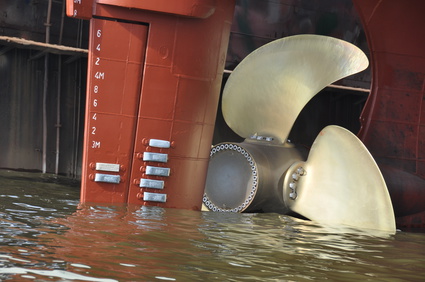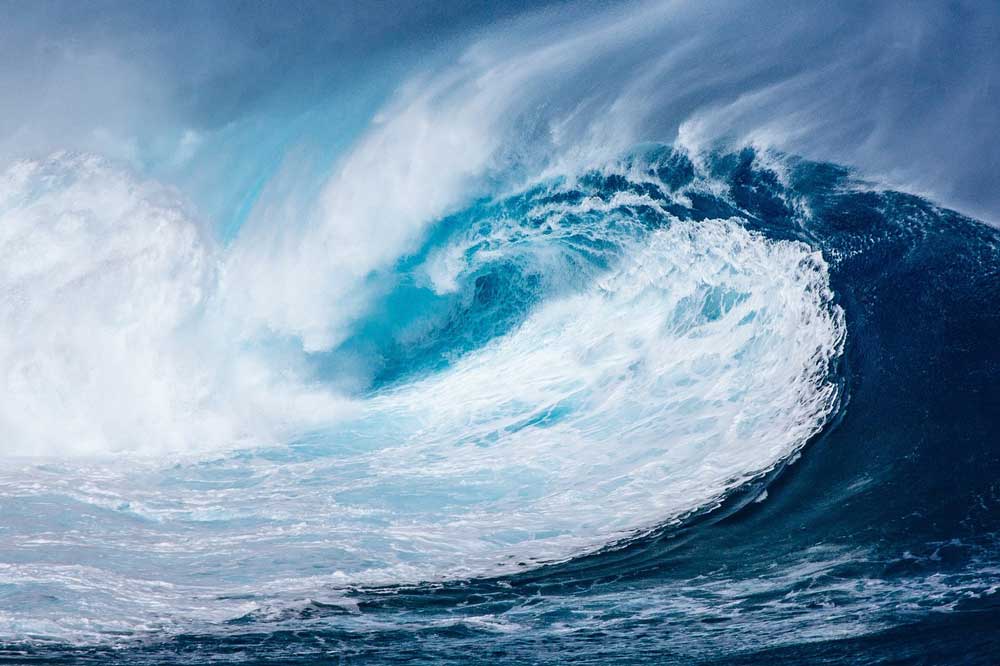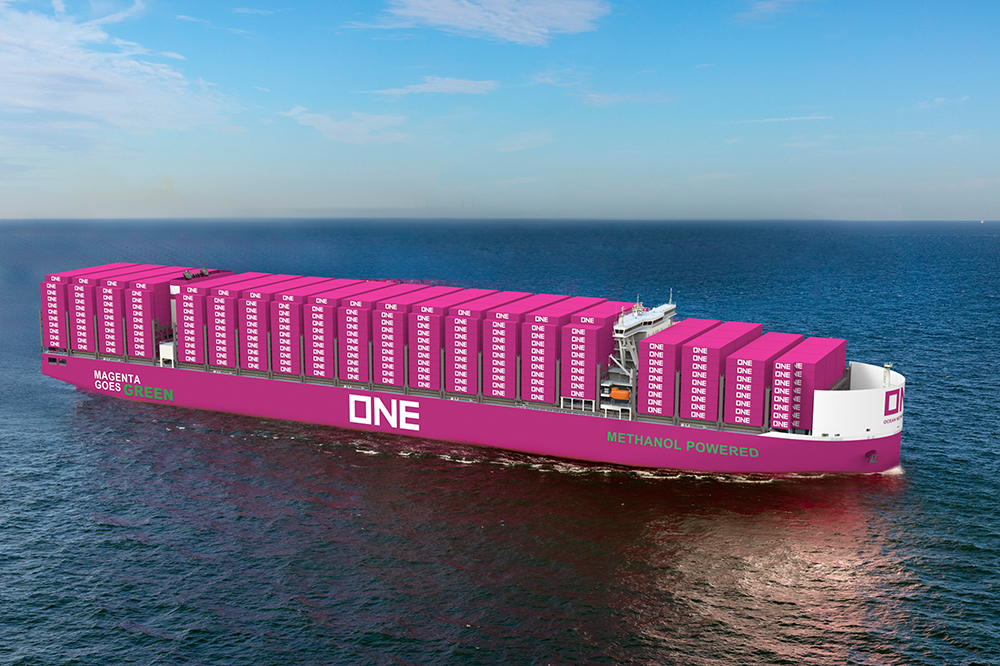For the first time, the countries bordering the North Sea have jointly measured and analyzed underwater noise at 19 stations. Noise levels are particularly high in the North Sea and in the English Channel.
The results were published in an international study led by the Federal Maritime and Hydrographic Agency (BSH). According to the BSH, the authors are thus creating a reference for future measurements and assessments. This would allow effective measures to be developed to reduce underwater noise in the North Sea[ds_preview].
“The measurements are unique for the North Sea. Never before has underwater noise been recorded in the entire North Sea for such a long time and in such a standardized way,” emphasizes BSH President Helge Heegewaldt. “This allows us to assess the overall impact and work together to make the North Sea a more quiet place.”
The North Sea is one of the most heavily trafficked sea areas and is increasingly being used for energy production. The underwater noise generated can have a severe impact on marine life. According to the BSH, underwater noise measurement programs are therefore essential to determine the current status and monitor long-term trends.
The North Sea is noisy to varying degrees
The authors of the study therefore characterized and compared the underwater noise at the stations. They found that the spatial differences are far greater than the temporal differences.
The data shows that it is loudest near shipping routes, such as in the English Channel and in the southern North Sea. In contrast, it is quietest in deeper areas of the northern North Sea with less shipping traffic, such as off Scotland and Norway. At all stations, the highest measured values were in the frequency range between 100 and 500 Hz. In general, ship noise dominates between 40 Hz and 4 kHz. Underwater wind noise affects high frequencies above 1 kHz.
The background noise was compared at the stations. The authors considered three frequency bands that represent the hearing range of fish and porpoises as well as ship noise. In this way, they identified groups of stations with similar soundscapes. They were able to explain these by the prevailing conditions at the stations: Traffic volume, water depth, wind and current conditions.
Underwater noise as an indicator of the state of the oceans
In 2008, the European Union named underwater noise as one of eleven indicators that determine the state of the oceans. In order to record and evaluate underwater noise on a large scale, direct measurements must be combined with numerical models. This study provides the basis for this.
The results originate from the EU project JOMOPANS, which was funded by the Interreg North Sea Program. The BSH coordinated the joint measurements and evaluations and carried out its own measurements at three stations in the German Bight. This shows that regional cooperation is possible and necessary to make the North Sea quieter.
